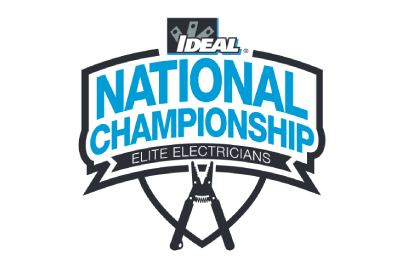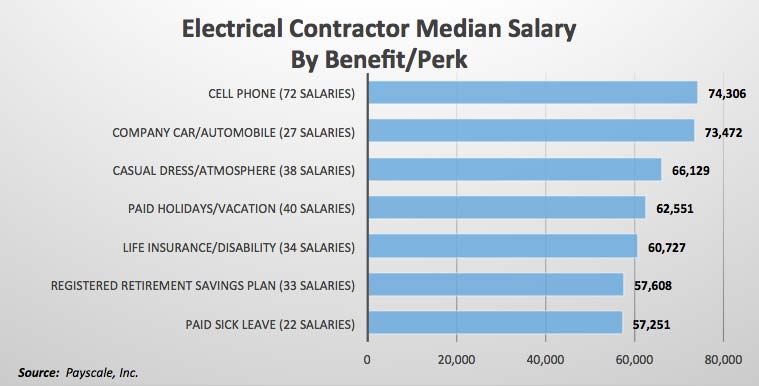STANDATA: Rule 2-024 Use of Approved Equipment – High Voltage Termination and Splice Kits

August 9, 2024
Purpose: To address issues with approval requirements for High Voltage Termination and Splice kits (HVTS)
Discussion
Electrical contractors and electrical safety codes officers have requested a provincial variance to accept HVTS kits that meet industry recognized testing requirements outlined in various standards from both manufacturers and other global recognized certification bodies and standard development organizations. Canadian certification organizations have yet to identify a demand for developing a product certification program for HVTS more than 750V as per the Canadian Electrical Code (CE Code) Part 1, Section 36, consequently Canadian certified HVTS kits are not available.
Splices and terminations utilizing HVTS kits are installed as per manufacturer specifications which includes specialized training offered by each manufacturer specific to the kit being installed. It has been identified that many of the cases of failure are related to assembly and installation errors. As a result, this variance puts emphasis on the required training by each manufacturer to ensure persons are properly qualified when installing HVTS.
Code References
C22.1:21 – Canadian Electrical Code, Part 1
Rule 2-024 Use of approved equipment
1) Electrical equipment used in electrical installations within the jurisdiction of the inspection department shall be approved and shall be of a kind or type and rating approved for the specific purpose for which it is to be employed.
Electrical Code Regulation – Electrical systems equipment
2(1) If a code, standard or body of rules declared in force under the Act with respect to electrical systems requires approved equipment, that equipment must meet the requirements of this section.
(2) No person shall manufacture, install, sell or offer for sale any equipment related to electrical systems for use in Alberta unless the equipment has been
a) certified by a certification body in accordance with the certification body’s terms of accreditation
with the Standards Council of Canada, or
b) inspected by an inspection body in accordance with the inspection body’s terms of accreditation
with the Standards Council of Canada.
(3) Subsection (2) does not apply to electrical equipment of an electric distribution system or a transmission line as defined in the Hydro and Electric Energy Act.
(Note: “certification body” is defined as ‘an organization accredited by the Standards Council of Canada as a certification body;’ and “inspection body” is defined as ‘an organization accredited by the Standards Council of Canada as an inspection body.’)
Go HERE for more information

















